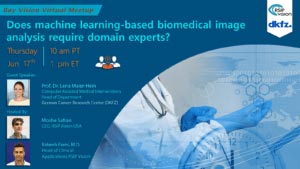
Does machine learning-based biomedical image analysis require domain experts?
Thursday June 17 at 10am PT Hosts: Moshe Safran (RSIP Vision) and Rabeeh Fares (RSIP Vision) Invited speaker: Prof. Dr. Lena Maier-Hein, Head of Department,

Thursday June 17 at 10am PT Hosts: Moshe Safran (RSIP Vision) and Rabeeh Fares (RSIP Vision) Invited speaker: Prof. Dr. Lena Maier-Hein, Head of Department,
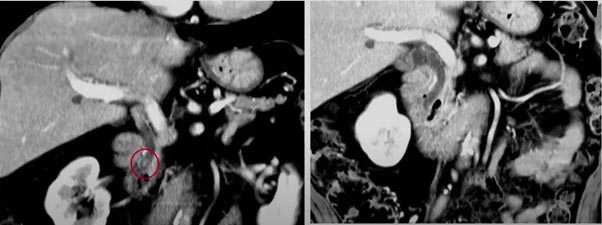
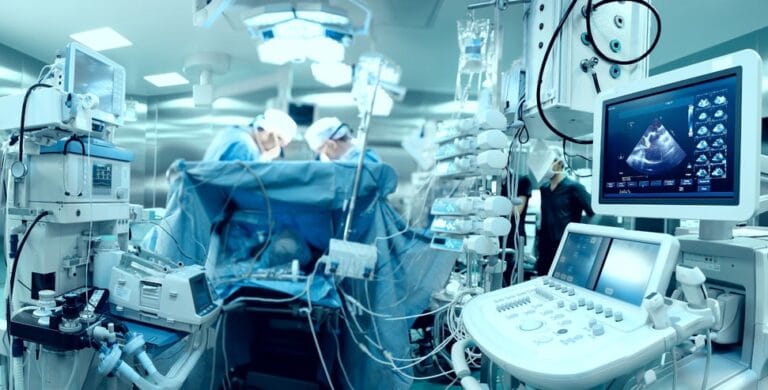
The typical catheter navigation system relies on fluoroscopy, which exposes patients to dangerous irradiation. To limit the dose throughout the operation, endoscopic cameras are used
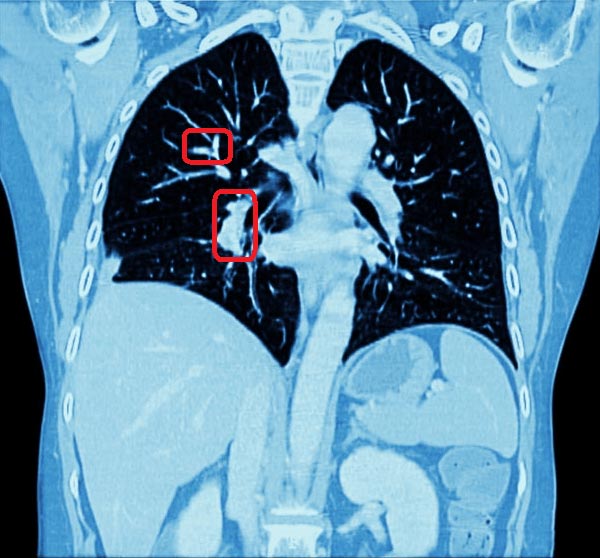
Chest radiography, with modalities such as X-Ray and CT, is now the common practice for the detection and analysis of the progression of lung tumors,
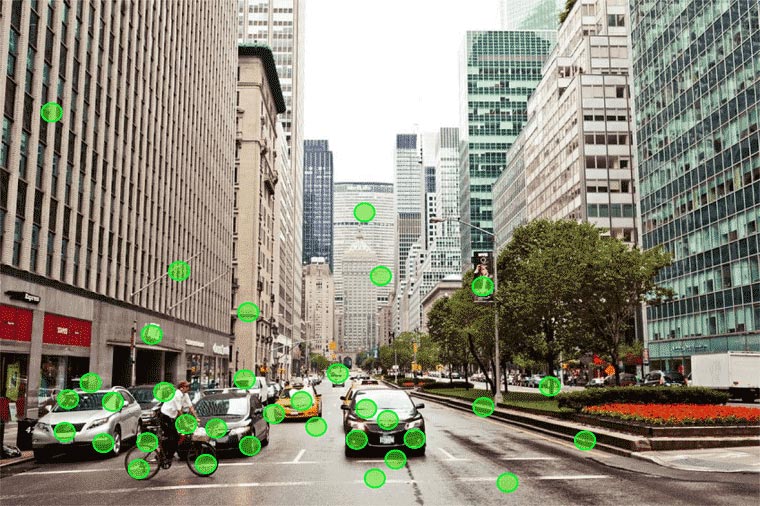
Object identification and tracking in a sequence of frames (video) consists of sampling of the scene, by e.g raster or uniform scatter, to extract features
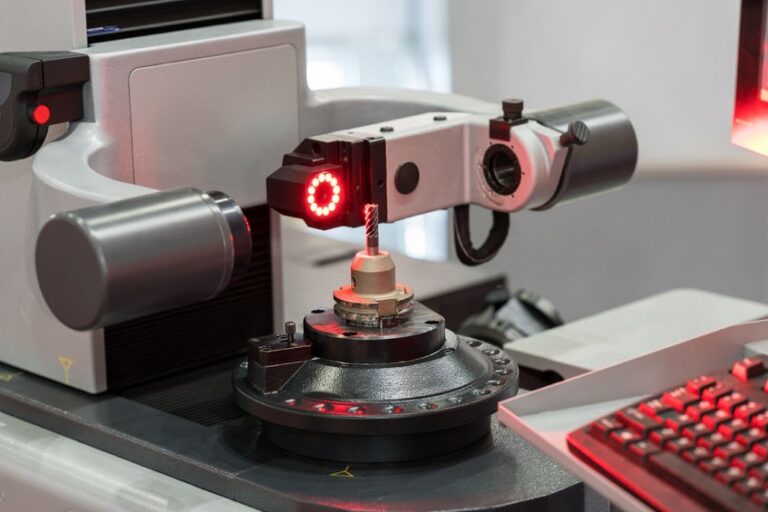
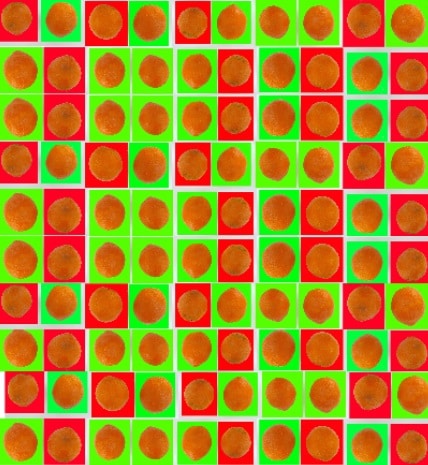
Pattern matching in computer vision refers to a set of computational techniques which enable the localization of a template pattern in a sample image or
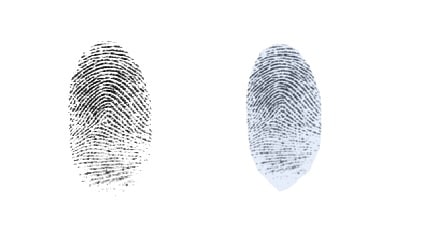
Automatic fingerprint recognition systems are based on the extraction of features from scanned fingerprint image. A successful preprocessing of the scan is an important first
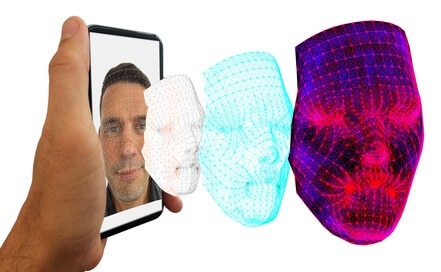
The advances in the manufacturing of depth sensors and camera technologies, such as LIDAR and RealSense cameras, have brought three-dimensional (3D) applications to the front
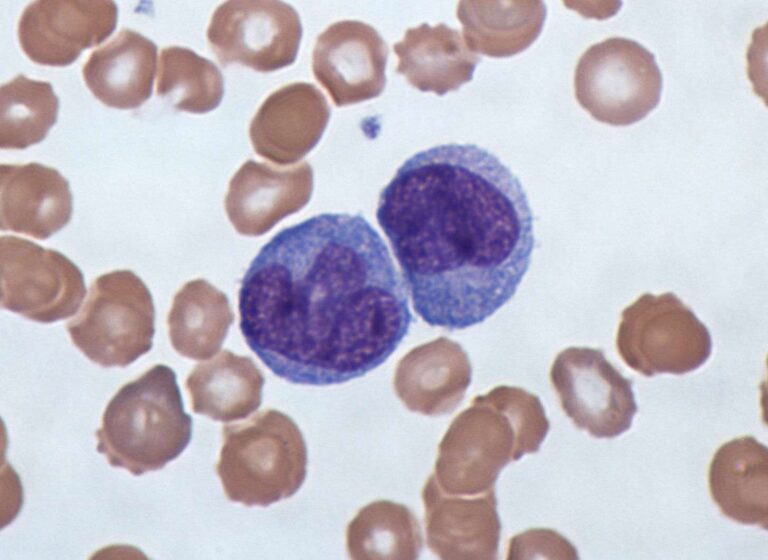
Whenever the task of classification of single cells is required, RSIP Vision offers pioneering technologies in both segmentation and classification of cells and nuclei. This module includes also the initial task of locating the best area in the slide that might give the best candidate for the classification.
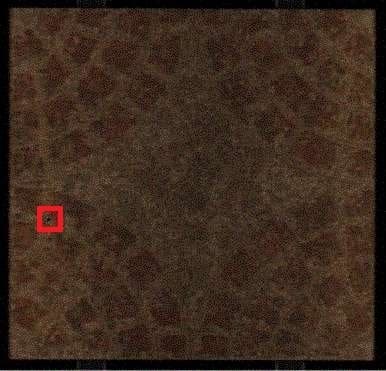
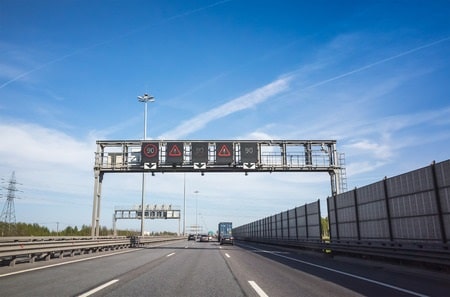
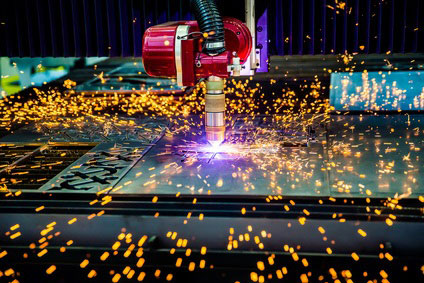
Automatic detection and diagnosis of various types of machine failure is a very interesting precess in industrial applications. With the advancement of sensors and machine intelligence,

In search for a pattern in an image, a video or a signal, one has to consider several sources of bias, noise and uncertainties. Such
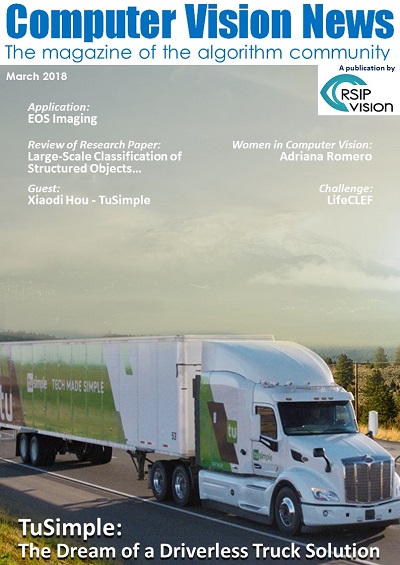
Classification problems in image and signal analysis require, on the algorithmic side, to take into account complex information embedded in the data. Images might contain
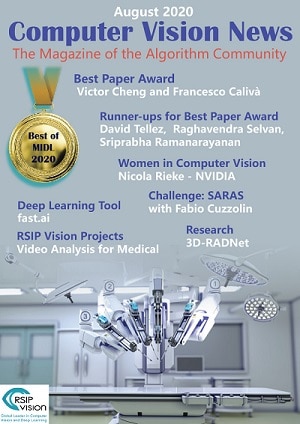
An affected anatomical region can be treated in a selective and non-invasive manner by localized and contact-free methods such as high-intensity focused ultrasound. Treatment by
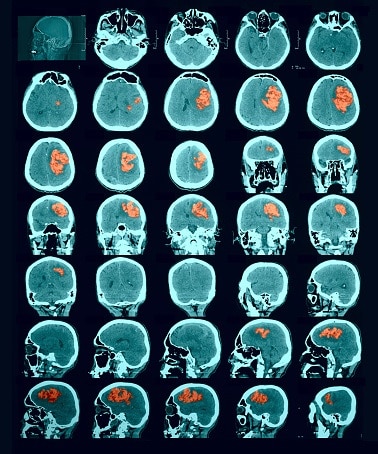
Segmentation of lesions in images, such as those obtained from MRI, ultrasound, CT etc, can be viewed as classifying pixels (or voxels, in the 3-D
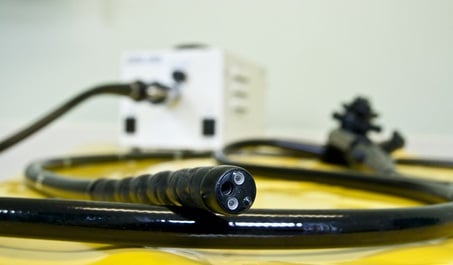

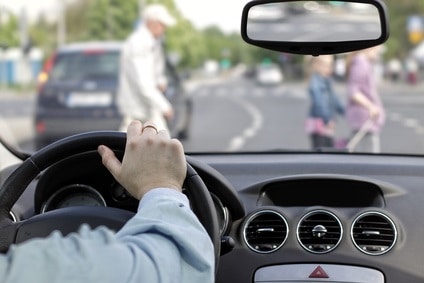

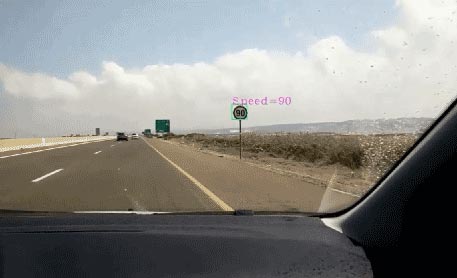

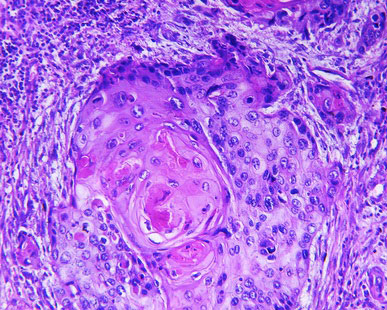
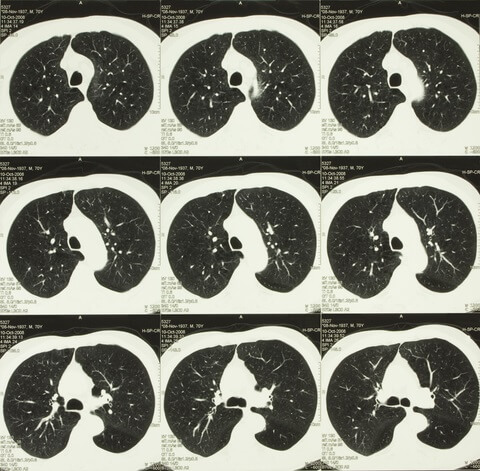

Image Processing Applications in Precision Agriculture In this page, you will learn about image processing applications for precise agriculture. If you want to boost your

What’s the Difference between Computer Vision, Image Processing and Machine Learning? In this page, you will learn about Machine Vision, Computer Vision and Image Processing. If you
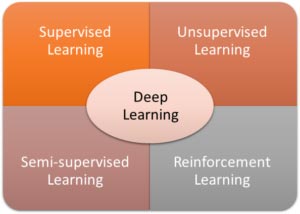
Deep Learning and Convolutional Neural Networks: RSIP Vision Blogs In this page, you will learn about Computer Vision, Machine Vision and Image Processing. If
Please fill the following form and our experts will be happy to reply to you soon
Subscribe now and receive the Computer Vision News Magazine every month to your mailbox
© All rights reserved to RSIP Vision 2023